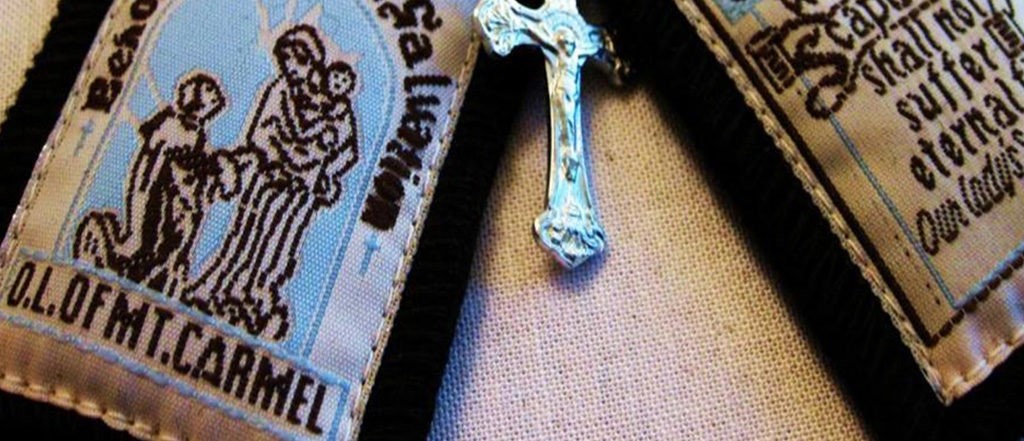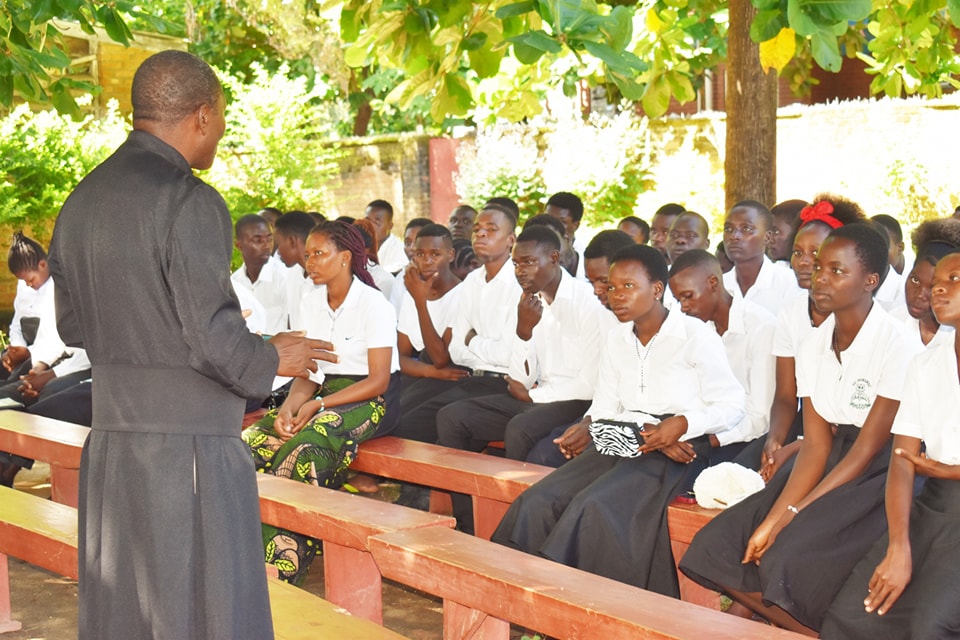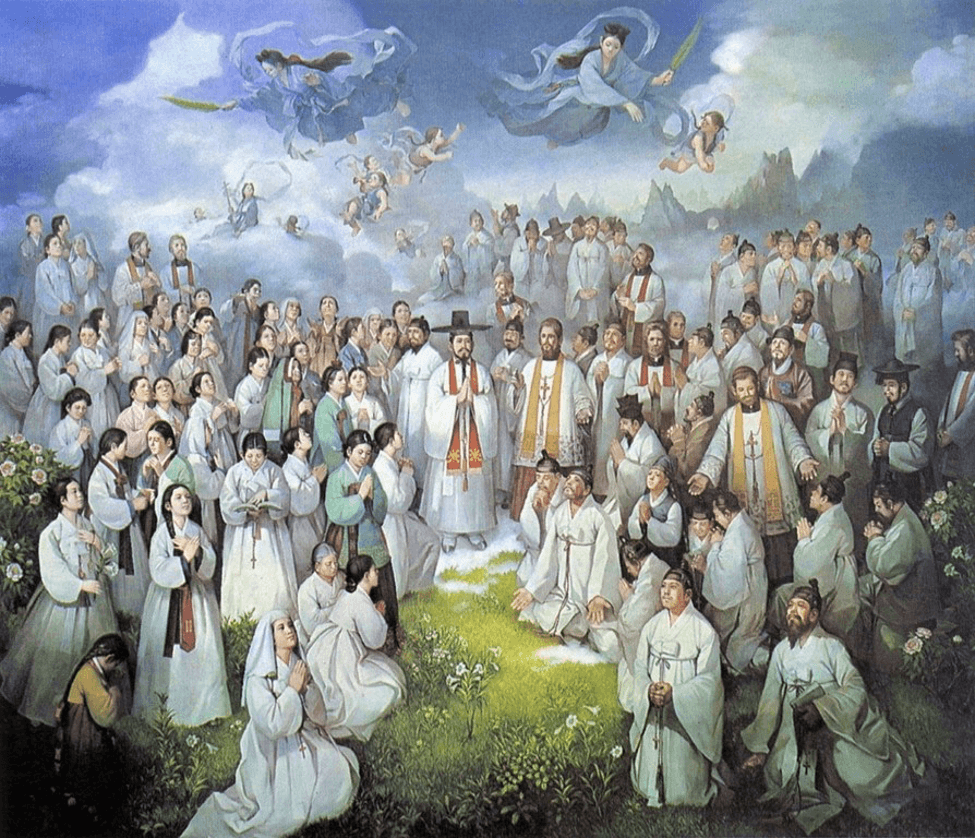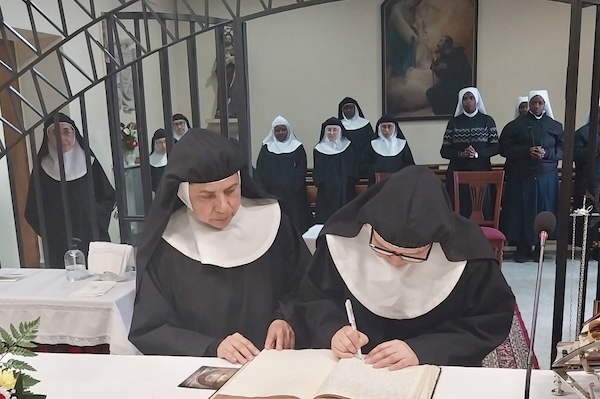– Aurelio Porfiri
One of John Paul II’s hospital stays fell in the month of July. On the 16th of that month the Pope said to one of his collaborators: “Today in Trastevere they celebrate a big feast.” He recalled that the feast of the Madonna del Carmelo (or del Carmine) was particularly felt in this area of Rome, where a confraternity (erected in the 16th century) organizes the celebrations in honor of the Blessed Virgin Mary that culminate with the solemn procession on the Saturday after the 16th. The procession is attended by all the old inhabitants of Trastevere, who come from the suburbs and join the few Romans who still live in Trastevere to honor the Madonna. The festival is called “Festa de ‘Noantri”, which in the Roman dialect means “our feast.”
The devotion to Our Lady of Mount Carmel is very lively among the Christian people, the true, authentic one, not the one built in certain liturgical laboratories. The tenderness of many towards the heavenly Mother also reminds us of the profound meaning of this devotion. Returning to John Paul II, we can cite the Angelus message of 24 July 1984, in which he speaks of this feast: “In this month of July we celebrated the memory of the Blessed Virgin Mary of Mount Carmel, so dear to the piety of the Christian people throughout the world, and linked in a special way to the life of the great Carmelite religious family. Thought goes to the sacred mountain, which in the biblical world is always considered as a symbol of grace, blessing and beauty. On that mountain the Carmelites dedicated to the Virgin Mother of God, ‘Flos Carmeli,’ who possesses the beauty of all virtues, their first Church, thus expressing her will to entrust herself completely to her and to indissolubly link its service to Mary with that ‘in accordance with Christ’ (cf Carmelite Rule, Prologue).” The image of the mountain is a very beautiful image. And it is an image that suggests the idea of sacrifice, a sacrifice that is not only physical but also spiritual. We should try not to think of life as an easy walk, but as a continuous climb to perfection. Sometimes we stop, we go back, but the aim is always to go more and more into something else.
In his Ascent to Mount Carmel” John of the Cross, Carmelite, stated: “The soul always tries to lean: not to the easiest, but to the most difficult; not to the most savory, but to the most tasteless; not to the one you like best, but to the one you like least; not to rest, but to fatigue; not to comfort, but to what is not comfort; not at most, but at least; not to the highest and most prized, but to the most vile and despised; not in search of something, but to desire nothing; not in search of the best side of created things, but of the worst and to desire nakedness, deprivation and poverty of what is in the world for the love of Jesus Christ.” Here is a perspective that surely surprises us, even frightens us, but that is much closer to the reality than so many easy and illusory promises.
Taking up the great Carmelite mysticism, John Paul II continued his reflection in the Angelus quoted above: “The great Carmelite mystics understood the experience of God in their lives as a ‘journey of perfection,’ (St Teresa of Jesus) as an ‘ascent of Mount Carmel’ (St John of the Cross). Mary is present in this itinerary. She – invoked by the Carmelites as mother, patroness and sister – becomes, as a very pure Virgin, a model of the contemplative, sensitive to listening and meditating on the Word of God and obedient to the will of the Father through Christ in the Holy Spirit. This is why in Carmel, and in every deeply Carmelite soul, a life of intense communion and familiarity with the holy Virgin flourishes, as a ‘new way’ of living for God and continuing the love of the Son Jesus on earth to his mother Mary.” Here, Mary as a model of the one who listens to and meditates on the things of God in her heart and who is able to accept the will of God for her life. How difficult is it for us to accept God’s will often? We are human beings and diseases and suffering frighten us. We must not pretend that this does not exist, it is part of our humanity and we must not deny it. Here, this feast reminds us of this effort we make in trying to look up at the mountain and not keep our gaze low on our miseries.
Cristina Siccardi (santiebeati.it) describes this feast as follows: “On July 16th there is a very important Marian feast in the Tradition of the Church: the Madonna del Carmelo, one of the oldest and most loved devotions of Christianity, linked to history and spiritual values of the Order of Friars of the Blessed Virgin Mary of Mount Carmel (Carmelites). The liturgical feast was established to commemorate the apparition of July 16, 1251 to Saint Simon Stock, then general prior of the Carmelite order, during which the Madonna handed him a scapular (from the Latin “scapula,” shoulder) in fabric, revealing remarkable privileges connected to his cult. In the First Book of Kings of the Old Testament it is said that the prophet Elijah, who gathered a community of men right on Mount Carmel (in Aramaic “garden”), worked in defense of the purity of faith in God, winning a challenge against priests of the god Baal. Here, Christian monastic communities settled. The Crusaders, in the 11th century, found in this place some religious, probably of the Maronite rite, who called themselves heirs of the disciples of the prophet Elijah and followed the rule of Saint Basil. In about 1154 the French nobleman Bertoldo retired to the mountain, arrived in Palestine with his cousin Aimerio di Limoges, patriarch of Antioch, and it was decided to reunite hermits with coenobitic life. The religious built a small church in the middle of their cells, dedicating it to the Virgin and took the name of Brothers of Santa Maria del Monte Carmelo. In this way, Carmel acquired its two characteristic elements: the reference to Elijah and the bond to Mary Most Holy. Mount Carmel, where Tradition affirms that the Holy Family stopped when returning from Egypt, is a mountain chain, located in Upper Galilee, a region of the State of Israel that develops in the northwest-southeast direction from Haifa to Jenin. Between 1207 and 1209, the Latin patriarch of Jerusalem (who was then based in San Giovanni d’Acri), Alberto of Vercelli, wrote the first statutes for the hermits of Mount Carmel (the so-called primitive rule or formula vitae). The Carmelites have never recognized anyone as their founder, remaining faithful to the model that saw in the prophet Elijah one of the fathers of monastic life.”
“Flos Carmeli” is an ancient song (technically we would call it “sequence”) in honor of the Madonna of the Carmel. In a not complete form we find it already in the 14th century. In its verses we find some of the concepts that have been expressed previously: “Armatura fortis pugnantium furunt bella, tende praesidium / scapularis. Per incerta prudens consilium, per adversa iuge solatium / largiaris. Mater dulcis Carmeli domina, plebem tuam reple laetitia / qua bearis. Paradisi clavis et ianua, fac nos duci quo, Mater, gloria /coronaris. Amen” (Strong armor of the fighters, the war rages: put the scapular in defense. In uncertainty, give us advice, in the misfortune of the sky ask for consolation. Mother and Lady of your Carmel, of that joy that takes you away, satisfies the hearts. Oh, key and door of Paradise, let us reach where you are crowned with glory. Amen). Here is a vision of our life of faith not as joy and lightness, but also as a struggle, war, suffering. The medieval knights were ready for battle and knew that the biggest enemy was not outside but inside themselves. We too participate in this common destiny of all human beings and we want to look at life for what it is, not for what we would like it to be. Mary of Carmel shows us the mountain and walks with us. This is why the simple people, not contaminated by intellectual absurdities, feel this devotion particularly close. They do it with the means they have, the prayers, the rosaries, the tears. With that faith that has forged generations of Christians and that has given many hearts, not the elimination of the suffering of the ascent, but a direction in which to look to be restored.


 Follow
Follow


